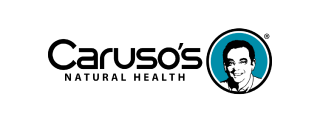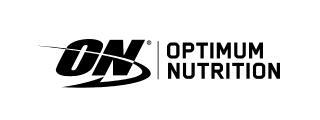
Health Advice
Featured

Practitioner FAQ: Solving Sleep Struggles
Practical answers from our naturopaths to the most common sleep questions, plus their go-to products for calm, rest, and resilience.
Read more
Ashwagandha: Benefits, Dosage & Safety - Australia 2025 Guide
Ashwagandha is an Ayurvedic adaptogen that has been clinically studied for its ability to reduce stress, improve sleep quality, support a calm mental state, and benefit male reproductive health and athletic performance. Overall safety appears good in short-term studies; however, Australian regulators advise caution for certain groups, and rare cases of liver injury have been reported.
Read more
Your Sleep Essentials: How to Rest, Recover, and Recharge Naturally
Create your perfect sleep routine with expert naturopath tips and natural products for rest and relaxation.
Read more
Find Your Calm: Support Rest & Stress Recovery
Practical support for calmer days and deeper rest, featuring expert naturopath and dietitian guidance.
Read more
Health During the Silly Season
Enjoy the festive season without the crash. Discover expert-backed strategies and supplements to support energy, digestion, and balance during the holidays.
Read more
Listen to your gut: Cause and solutions for temporary bloating
Do you ever feel full, heavy or sluggish? Abdominal bloating is very common, and can be transient or a reoccurring symptom. If this is you, consider this a sign to look more deeply into the possible causes of bloating and some strategies to help lose the bloat.
Read more
Proactive Prostate Health and Natural Support for Men
Learn how to support prostate health naturally. Our practitioners share key nutrients, foods, and supplements to maintain long-term wellbeing during Momenvember and beyond.

Liver Health: Natural Support for Your Body’s Hardest-Working Organ
Support liver health with diet, lifestyle and key supplements. Insights from a nutritionist plus practical tips and trusted formulations.
Read more
Level Up Your Game: Essential Sports Supplements
Level up your performance with essential sports supplements backed by research and expert recommendations.
Recently Viewed
- ${ variant.price | currencyFromCents } | ${ variant.title } ${ variant.price | currency } | ${ variant.title }
















